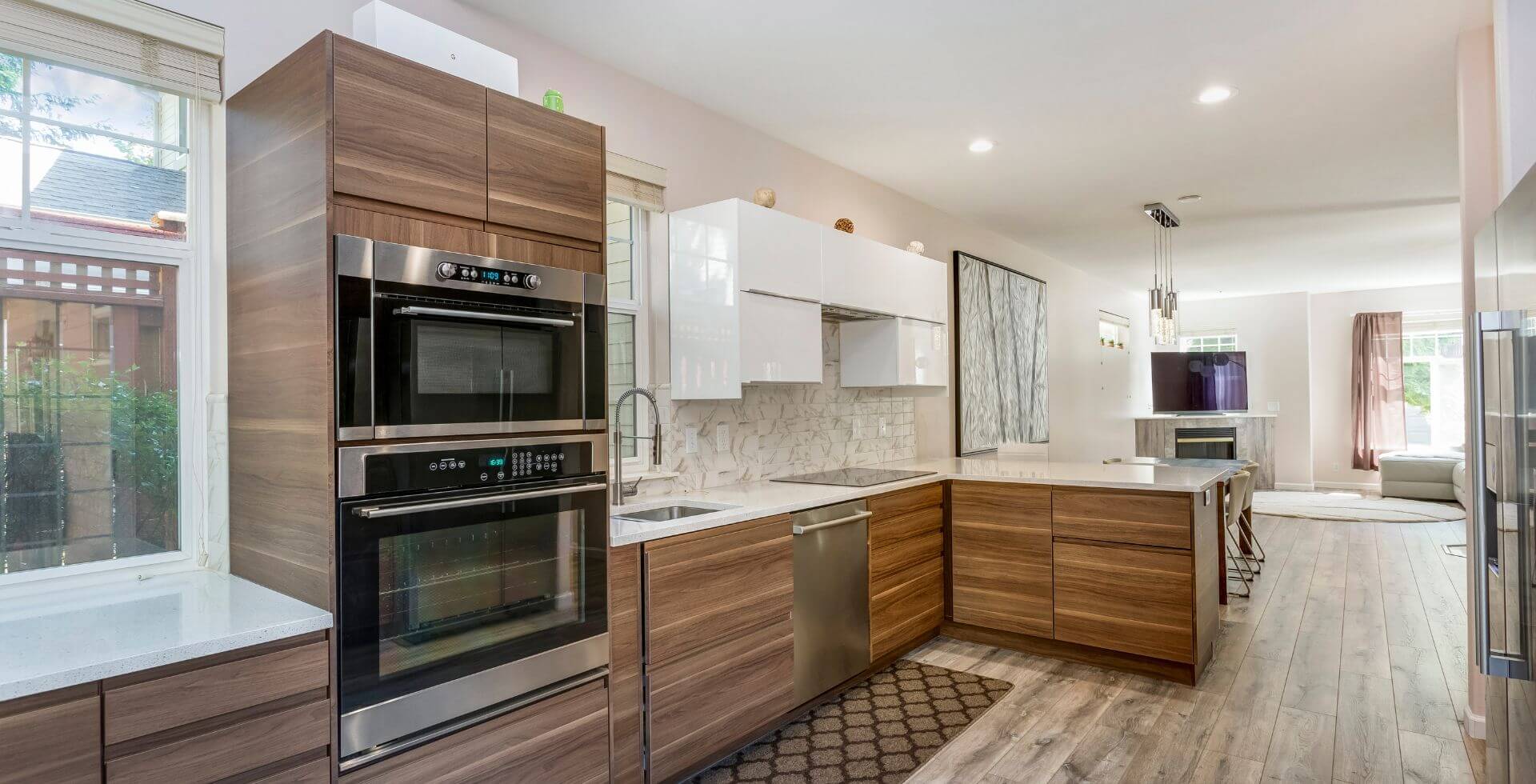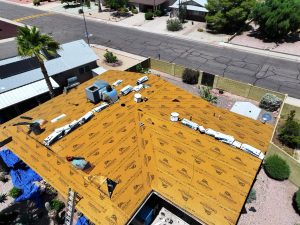A kitchen remodel is one of the most rewarding home improvement projects—both in terms of daily living and resale value. The kitchen is the heart of the home, and a well-planned renovation can transform it into a more functional, beautiful, and valuable space. Whether you’re dreaming of a sleek modern design or simply want to optimize your current layout, a strategic plan is essential to get the most out of your investment. If you’re exploring kitchen remodel ideas and wondering where to begin, this guide will walk you through the essential steps of planning a remodel that enhances both value and functionality.
Understanding the Importance of Proper Planning
Many homeowners make the mistake of jumping into a kitchen renovation without a clear plan, leading to budget overruns, design inconsistencies, or underwhelming results. To avoid common pitfalls, you need a kitchen remodel planning guide that addresses not only aesthetics but also practical functionality.
Start by identifying your primary goals. Are you remodeling for resale, or do you want a more comfortable cooking and gathering space? Your answer will shape every decision—from layout and appliances to materials and finishes. Planning with purpose ensures that every dollar you spend adds long-term value and enhances daily use.
Define a Budget That Balances Vision and Practicality
One of the most important kitchen remodeling tips for homeowners is to set a realistic and well-researched budget. Costs can vary widely depending on the scope of work, quality of materials, and labor expenses. Begin by determining how much you’re willing to invest and then break down the costs by categories such as cabinetry, countertops, flooring, appliances, lighting, and labor.
Keep in mind that a cost-effective kitchen remodel doesn’t mean cutting corners. It means making smart choices—like using durable materials that look high-end or repurposing existing layouts to avoid expensive plumbing or electrical changes. Having a financial cushion (usually 10–15%) for unexpected expenses is also wise.
Analyze Your Existing Kitchen for Functional Weaknesses
Before diving into kitchen upgrade ideas, take a critical look at your current kitchen. What frustrates you about it? Are the cabinets hard to reach? Is there too little counter space? Do you constantly bump into others while cooking?
Understanding these daily challenges allows you to focus on solutions that matter. A functional kitchen layout should prioritize ease of movement, efficient work zones (cooking, prep, cleaning), and ample storage. Improving traffic flow or adjusting appliance placement can drastically increase usability without requiring a full reconfiguration.
Choose a Layout That Maximizes Space and Efficiency
When space is limited, every square inch counts. Maximizing kitchen space is especially crucial in small or galley-style kitchens. Popular layouts include L-shaped, U-shaped, galley, and open-concept plans. Each offers different benefits depending on your home’s footprint and your family’s needs.
For example, an L-shaped kitchen can offer generous counter space and support an open flow into adjacent living areas. A U-shaped layout enhances storage and efficiency but may require a larger space. If entertaining is a priority, consider adding an island or breakfast bar for extra prep area and seating.
Your layout should reflect not only your space but your lifestyle. Think beyond looks—focus on how the kitchen will work for you every day.
Select Upgrades That Add the Most Resale Value
One of the most common motivations for a remodel is to boost resale value. Kitchen remodeling for home value requires strategic decisions that appeal to buyers and stand the test of time. Focus on value-adding kitchen upgrades like updated cabinetry, modern countertops (granite, quartz), energy-efficient appliances, and contemporary lighting fixtures.
You don’t need to go ultra-luxury to see ROI. A minor or mid-range remodel—replacing cabinet fronts, updating lighting, and adding a fresh backsplash—can yield a high return. The key is to choose classic, high-quality finishes that appeal to a wide range of potential buyers.
Embrace Modern Design Without Losing Timeless Appeal
While trends are fun to follow, your kitchen remodel should reflect both modern sensibilities and lasting appeal. Modern kitchen design ideas like minimalist cabinetry, matte black hardware, integrated appliances, and neutral palettes are popular for a reason—they’re sleek, clean, and functional.
Still, balance is essential. Avoid overly trendy materials or designs that may look dated in a few years. Instead, opt for adaptable finishes that allow future updates through hardware changes or décor. Timeless subway tile, neutral stone countertops, and shaker cabinets continue to rank high among realtors and buyers alike.
Develop a Practical Renovation Timeline and Checklist
Every remodel requires a roadmap. Creating a kitchen renovation checklist ensures that nothing gets overlooked and that your contractor stays on schedule. Start with design consultations, followed by product selections, ordering lead times, demolition, electrical and plumbing rough-ins, cabinetry installation, countertops, and final finishes.
Include contingency time for unexpected delays—especially if structural work or inspections are involved. A full kitchen remodel can take anywhere from 4 to 12 weeks depending on complexity. Having a checklist will help you stay informed and reduce the stress of managing the process.
Incorporate Smart Remodeling Plans for Long-Term Efficiency
Technology can enhance both the experience and efficiency of your kitchen. Smart kitchen remodeling plans include features like motion-sensor faucets, under-cabinet lighting, energy-efficient appliances, and voice-activated controls.
Smart upgrades are not only convenient but can significantly lower energy and water usage, making your kitchen more sustainable. Integrating USB charging stations, Wi-Fi-enabled ovens, and digital inventory systems can transform your kitchen into a modern hub of productivity.
These investments also increase buyer appeal, especially among tech-savvy homeowners looking for connected, future-ready spaces.
Don’t Forget Lighting and Electrical Considerations
A well-lit kitchen is both beautiful and functional. During planning, consider the three layers of kitchen lighting: ambient (overhead), task (under cabinets), and accent (decorative). Installing dimmable LED lighting provides flexibility throughout the day, from bright meal prep to relaxed evening ambiance.
If your current electrical layout is outdated or inadequate, now is the time to address it. Add outlets where you need them most—near islands, along backsplash walls, or even inside drawers for hidden charging stations. Electrical updates are a behind-the-scenes investment that pays off in daily comfort and safety.
Hire the Right Professionals for a Stress-Free Experience
While DIY videos make remodeling look easy, a successful kitchen transformation relies on professional expertise. Partnering with experienced remodelers ensures that your vision is executed correctly, timelines are met, and all building codes are followed.
Look for contractors with experience in kitchen renovation tips, clear communication, and transparent pricing. A well-qualified professional will guide you through material selections, recommend layout improvements, and manage subcontractors efficiently.
Working with a trusted remodeling company takes the guesswork out of the process and guarantees results that meet both functional needs and design expectations.
Conclusion: Turn Your Dream Kitchen Into a Valuable Investment
A kitchen remodel is one of the best investments you can make in your home. But it’s about more than just looks—it’s about creating a space that works better, feels better, and serves your lifestyle for years to come. By planning carefully, choosing value-focused upgrades, and integrating smart design, you can achieve a kitchen that’s as functional as it is beautiful.
From kitchen layout improvements and cost-effective remodeling ideas to modern design elements and smart home integrations, every decision should reflect both purpose and style. Your new kitchen should feel intuitive, organized, and welcoming—while also increasing your home’s resale value and daily comfort.
Ready to start your dream kitchen remodel? Contact the trusted team at Panda Roofing and Construction for expert guidance, custom design solutions, and professional craftsmanship that brings your vision to life. Let’s create a kitchen that adds lasting value and everyday functionality to your home.




